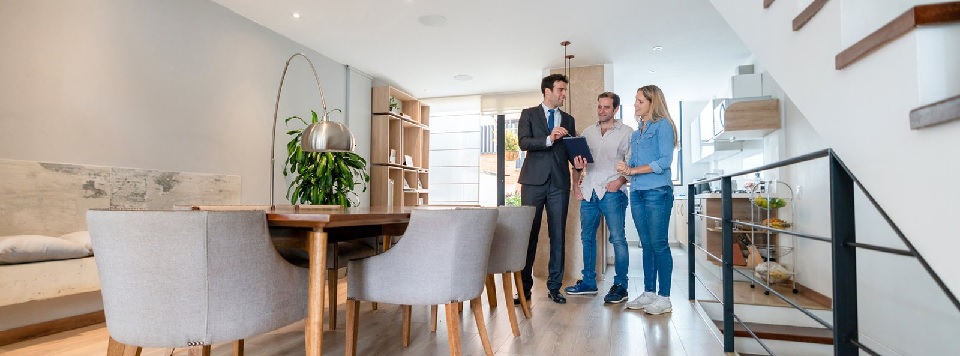The UK is replete with historic homes, echoing centuries of architectural evolution and cultural heritage. However, the appeal of these venerable structures is not just in their antiquity; it’s in their potential to merge the charm of the past with the conveniences of modern living. In a real estate market that values authenticity and comfort, how can owners of historic homes make their properties irresistible to contemporary buyers? Estate agents in the UK explore the strategic blend of preservation and innovation required to attract buyers to historic homes with modern makeovers in the UK.
Modernising a historic home is a delicate dance between honouring its original character and updating it to meet today’s standards of comfort and efficiency. It requires a thoughtful approach, respecting the property’s past while ensuring it meets the present-day needs of buyers. This balance is key to unlocking the full potential of these timeless treasures, turning them into highly sought-after properties in the UK’s vibrant real estate market.
Preserving Character and Integrity
One of the primary draws of a historic home is its unique character, shaped by architectural details that have stood the test of time. Buyers are often enchanted by original features such as fireplaces, exposed beams, and sash windows. To appeal to these buyers, it is crucial to meticulously preserve these elements, ensuring they remain in good condition or are sympathetically restored. Employing skilled craftsmen and using traditional materials can maintain the authenticity and integrity of the property while also telling a story of its past.
Integrating Modern Conveniences
While the charm of a historic home is undeniable, contemporary buyers also seek the comfort and convenience of modern amenities. This is where a thoughtful modern makeover comes into play. Upgrading the kitchen and bathrooms, installing efficient heating systems, and ensuring robust internet connectivity are essential steps to making a historic home fit for 21st-century living. However, these upgrades need to be done with sensitivity to the original design, ensuring that new additions complement rather than clash with the existing structure.
Energy Efficiency and Sustainability
The UK’s commitment to reducing its carbon footprint has made energy efficiency a top priority for homebuyers. Historic homes, however, can be notorious for their draughty windows and poor insulation. Addressing these issues is a critical component of any modern makeover. Double-glazing windows in a style consistent with the home’s era, adding insulation to roofs and walls, and installing renewable energy sources such as solar panels can significantly enhance the property’s energy efficiency. Not only does this reduce the home’s environmental impact, but it also appeals to eco-conscious buyers and can lead to substantial savings on energy bills.
Creating a Seamless Flow
Historic homes often come with layouts that can feel choppy or impractical by today’s standards. Reconfiguring the interior to create a more open and flowing space can make the home more appealing to modern buyers. This might involve knocking down walls to create open-plan living areas or converting unused spaces, such as attics, into additional bedrooms. Care should be taken to ensure that any structural changes respect the building’s heritage and do not compromise its stability or character.
Enhancing Curb Appeal
First impressions count, and the exterior of a historic home plays a significant role in its allure. Maintaining the property’s facade, gardens, and any other outdoor features is essential. This could involve repointing brickwork, restoring original window frames, or revamping the garden to create a welcoming and attractive entrance. At the same time, adding modern touches such as outdoor lighting, security systems, or electric car charging points can increase the property’s appeal and functionality.
Marketing and Storytelling
When it comes to selling a historic home with a modern makeover, the way the property is marketed can make all the difference. Emphasising the home’s history, perhaps even uncovering and sharing stories of its past inhabitants, adds an extra layer of appeal. High-quality photography that showcases both the preserved historic elements and the modern upgrades is essential. Additionally, creating a narrative that highlights the care and attention to detail put into the renovation can help potential buyers envision themselves as the next chapter in the home’s storied history.
Conclusion
Historic homes hold a special place in the UK’s architectural landscape, offering a tangible link to the past. By carefully balancing preservation with modernisation, owners can enhance these properties’ appeal to contemporary buyers. Attention to detail, sensitivity to the home’s heritage, and an emphasis on energy efficiency and sustainability are key components of this delicate balancing act. With the right approach, historic homes with modern makeovers can capture the hearts and imaginations of buyers, ensuring these treasured structures continue to be lived in and loved for generations to come.
